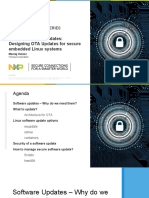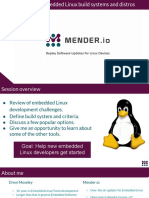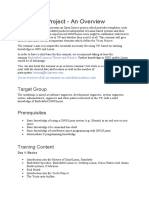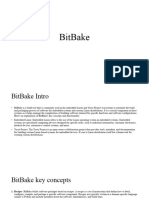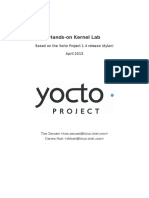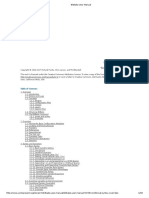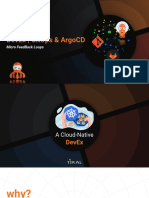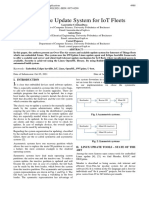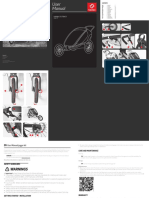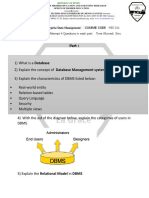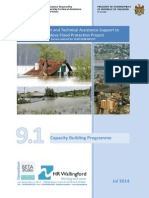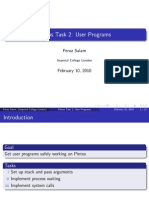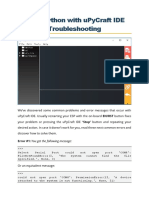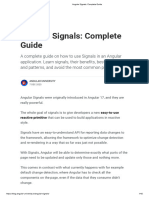0% found this document useful (0 votes)
12 views37 pagesYocto - Summit - NOV2021 Using Yocto To Secure Your Device
The document outlines a comprehensive approach to securing devices using the Yocto Project, detailing stages from early development analysis, threat modeling, to production support. It emphasizes the importance of offline builds, source validation, and integrating security features through customizable recipes. Additionally, it discusses key management, signing infrastructure, and strategies for over-the-air firmware updates, while also providing references for further reading.
Uploaded by
Rafael_PitaCopyright
© © All Rights Reserved
We take content rights seriously. If you suspect this is your content, claim it here.
Available Formats
Download as PDF, TXT or read online on Scribd
0% found this document useful (0 votes)
12 views37 pagesYocto - Summit - NOV2021 Using Yocto To Secure Your Device
The document outlines a comprehensive approach to securing devices using the Yocto Project, detailing stages from early development analysis, threat modeling, to production support. It emphasizes the importance of offline builds, source validation, and integrating security features through customizable recipes. Additionally, it discusses key management, signing infrastructure, and strategies for over-the-air firmware updates, while also providing references for further reading.
Uploaded by
Rafael_PitaCopyright
© © All Rights Reserved
We take content rights seriously. If you suspect this is your content, claim it here.
Available Formats
Download as PDF, TXT or read online on Scribd
/ 37



























